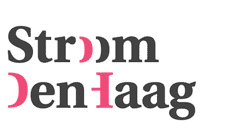United We: in depth
Back to main page United We: click here'We know what things cost but have no idea what they are worth.' This quote from the British economist Tony Judt serves as the guiding principle for Stroom Den Haag's long-running Upcycling program (2009-2014), an investigation into new perspectives in the creation of value. The term Upcycling first became known as one of the catchwords of the Cradle-to-Cradle movement, but has recently become more and more popular again. It refers to the development of alternatives for production, trade, consumption and organization and focuses on the creation of value.
United We is the third exhibition within the Upcycling program. The two previous Upcycling exhibitions were: Up to You (2010) and There, I Fixed It (2011). Up to You presented structures that gave the visitors/users the freedom to adapt them according to their own wishes. There, I Fixed It focused on the mentality of the user. Within this framework Stroom opened the Dutch branch of the e-flux Time/Bank: an online platform where goods and services are exchanged with ‘time' as its currency. This way Stroom puts the justification of an alternative economy to the test.
With United We Stroom once again enters a new phase. From the creator who facilitates the creation of value, and by way of the receiver who creates value, we move on to the system that provides the conditions for this value creation. In other words: after the You and the I of the first two exhibitions, this third edition zooms in on the We: the organizational form. Under the title United We Stroom presents alternative models of management, organization and collaboration. This time the focus is not on the individual or on the mere management of the status quo, but on a new form of collectivity. Is there a future possible where it is not all about growth, power and profit, but where added value is created by the collective?
United We consists of an exhibition with work by Frank van Klingeren, Potential Estate, Conditional Design, Itay Ohaly, gerlach en koop, Pratchaya Phinthong and Ante Timmermans. The participating 'parties' in the exhibition all approach collectivity in a different way.
Frank van Klingeren
The architect Frank van Klingeren designed 'squares', open spaces, covered by a roof, spaces where you simply had to run into each other, where community and collectivity would simply spring up. In Het Karregat in Eindhoven a theater, play corner, bar and pingpong table were placed side by side, on an open floorplan, without hierarchy, without walls. He wanted to remove people and functions from their self-imposed compartments, to mix them up and bring them together. >> read more
Wikipedia (in Dutch)
Potential Estate
The artists' collective Potential Estate on the other hand collaborates at specific times and on specific projects. Often the topic of their collaborative works is the economy and the creation of value. Their collaboration is very intense and it is only sporadically that they create work together. >> read more
potentialestate.org
Conditional Design
The designers' collective Conditional Design functions in a similar way. When there is time, and a great idea, they research a specific theme in a workshop-like setting. Furthermore, they set up certain rules that control both the process and the result. They do not only work together as a collective, but also investigate and put the process of collective labour to the test, making it the subject of the work itself. >> read more
conditionaldesign.org
Itay Ohaly
Designer Itay Ohaly has an entirely different approach. He also reflects on the process of collective labour, but he does so by setting and developing the rules and parameters by himself and afterwards inviting people to use them in their designs. Here the end result is unknown and a linear production process is annulled. >> read more
ohaly.com
gerlach en koop
The artists gerlach en koop have yet again a completely different way of working, in that they form a kind of symbiosis and make their similarities and differences into the subject of their work. >> read more
gebr-genk.nl
Pratchaya Phinthong (invited by gerach en koop)
Also not immediately visible is the work Demonstrations by the Thai artist Pratchaya Phinthong, included in the exhibition on invitation by gerlach en koop. The work is kept in the wallet of the receptionist of Stroom and shown on request, or rather: demonstrated. >> read more
www.gbagency.fr
Ante Timmermans
Finally we will show work of the artist Ante Timmermans. He does not really work as a collective or researches the theme of collectivity, but by his fascination with social systems (the city, politics, people) he as it were represents the split United We indirectly finds itself in. On the one hand collectivity is an alternative for our current and prevailing systems; on the other hand every collective form of organization will become a system again, with set rules and mechanisms. In one of Timmermans' works in the exhibition, we see the artist writing with two hands simultaneously. He is at that moment the smallest, yet most intimate collective imaginable. Its members are the leftside and the rightside of one and the same body. United We. >> read more
antetimmermans.de
Special Thanks to:
Nora van Klingeren, Co-operative College Manchester, Nationaal Coöperatie museum, Loosduins museum, gb agency, Barbara Seiler Galerie, Mariska Zevenbergen, Studio Léon Thier, HVE Architecten, Atelier Pro, Miel Karthaus, Piet Vollaard, Marina van den Bergen, Wies Sanders, Denis Guzzo, Zsuzsa Jónás, Locatie Z, Joop Vrijman, Jan van Belkum, Onno Mostert, Meersma Holding B.V., Orde van Vrijmetselaren, TAAK, 1646, Pander Woongroep, FNV Kiem, BlijStroom, Rabobank, Broodfonds, architecten|en|en, Het Nieuwe Instituut, Thonik
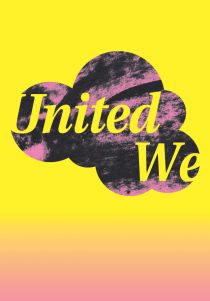
'United We' (design: Thonik, Amsterdam)
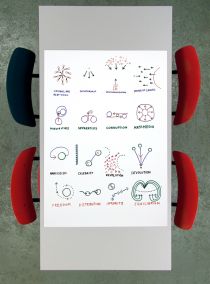
Conditional Design, 'Network round 2 (slanting), 26th of May, 2009'
photo: courtesy the artists
photo: courtesy the artists
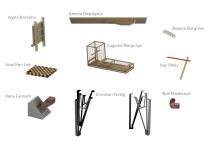
Itay Ohaly, 'Group Project', C Mine, Genk, Belgium, 2012
photo: courtesy the artist
photo: courtesy the artist
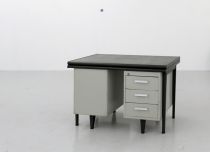
gerlach en koop, Lessened space, 2010, two telescoped office desks
photo: Kristien Daem
photo: Kristien Daem
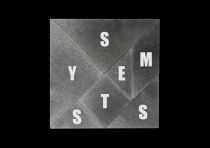
Ante Timmermans, Systems (screenshot), 2011
photo: courtesy the artist & Barbara Seiler Galerie (CH)
photo: courtesy the artist & Barbara Seiler Galerie (CH)
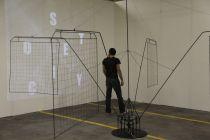
courtesy the artist & Barbara Seiler Galerie (CH)
photo: courtesy the artist & Barbara Seiler Galerie (CH)
photo: courtesy the artist & Barbara Seiler Galerie (CH)

















